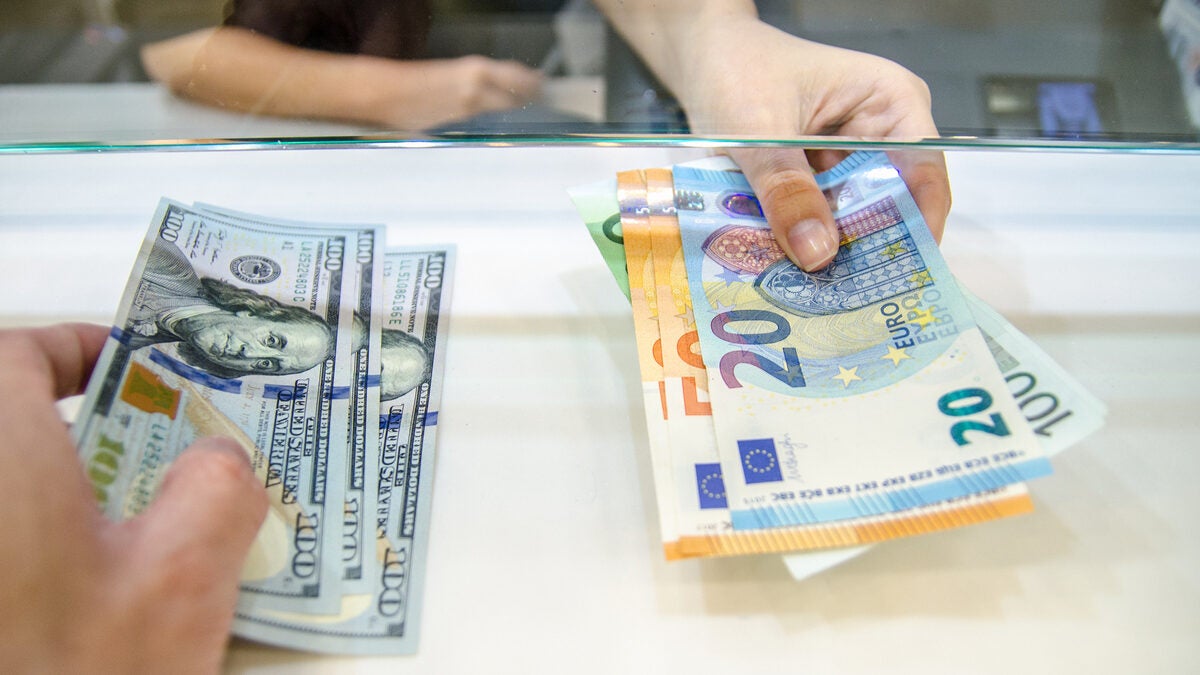The allure of the forex market, the world’s largest financial market, is undeniable. The potential for high returns beckons ambitious individuals, but forex trading isn’t a walk in the park. Without proper knowledge and a strategic approach, it can be a recipe for financial disaster.
This guide equips you, the aspiring forex trader, with the foundational steps to navigate the exciting world of currency exchange. We’ll break down the basics, explore essential tools, and provide a roadmap for getting started.
Step 1: Understanding the Forex Market
The forex market, also known as FX, facilitates the exchange of currencies between countries. Unlike a stock market where you buy shares in companies, you’re buying and selling currencies based on their value against each other.
Currencies are traded in pairs, for example, EUR/USD (Euro vs. US Dollar). The first currency (EUR) is the base currency, and the second (USD) is the quote currency. When you buy a currency pair, you’re essentially betting that the base currency will appreciate in value compared to the quote currency.
Step 2: Choosing a Forex Broker
A reliable forex broker acts as your intermediary in the market. They provide you with a trading platform and execute your buy and sell orders. Research and choose a reputable broker with competitive spreads (the difference between the buy and sell price), user-friendly platforms, and excellent customer support.
Step 3: Building Your Forex Trading Knowledge
Forex trading involves a constant learning curve. Familiarize yourself with key concepts like:
- Pip: The smallest price movement in a currency pair.
- Leverage: Borrowing capital from your broker to amplify potential returns (and losses).
- Margin: The minimum amount you need to deposit to control a larger position using leverage.
- Technical Analysis: Using charts and indicators to predict future price movements.
- Fundamental Analysis: Analyzing economic data, political events, and interest rates to assess currency valuations.
Step 4: Demo Account Practice
Most brokers offer demo accounts with virtual funds. This is your training ground! Experiment with different trading strategies, test technical indicators, and gain experience in a risk-free environment.
Step 5: Develop a Trading Strategy
There’s no “one-size-fits-all” strategy in forex. Some popular strategies include:
- Scalping: Making small, frequent profits from short-term price movements.
- Day Trading: Entering and exiting positions within a single trading day.
- Swing Trading: Holding positions for days or weeks based on longer-term trends.
- Positional Trading: Taking advantage of long-term trends, holding positions for months or even years.
Step 6: Risk Management is Key
Never underestimate the importance of risk management. Develop a plan that includes:
- Stop-Loss Orders: Orders that automatically close your position to minimize losses when the price moves against you.
- Take-Profit Orders: Orders that automatically close your position when you reach your desired profit target.
- Position Sizing: Allocate a small percentage (1-2%) of your total trading capital per trade to avoid catastrophic losses.
Step 7: Stay Disciplined and Patient
Forex trading is a marathon, not a sprint. There will be wins and losses. Stay focused on your long-term goals, manage your emotions, and avoid impulsive decisions.
The Road to Forex Trading Success
This guide has equipped you with the essential starting point for your forex trading journey. Remember, consistent learning, sound risk management, and discipline are your keys to navigating the dynamic world of currency exchange. Now, go forth, practice with your demo account, and trade responsibly!
